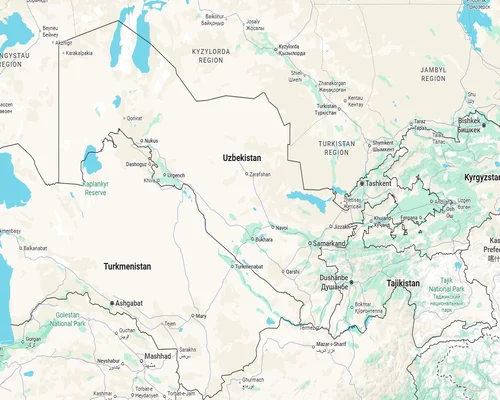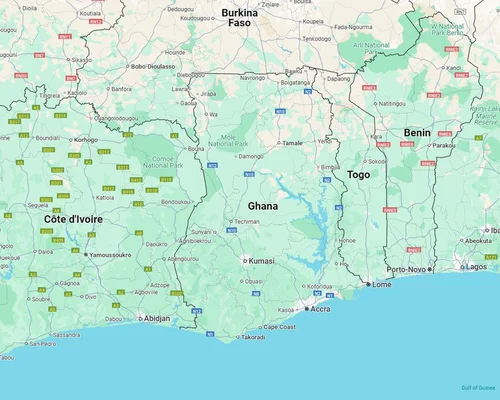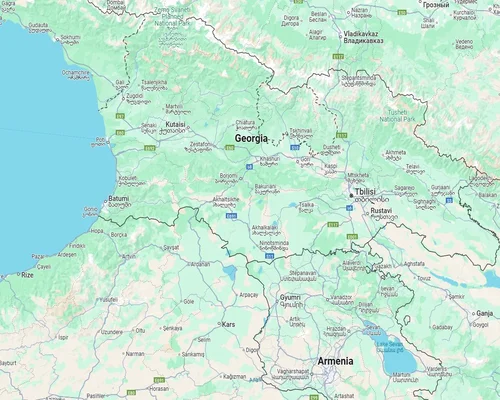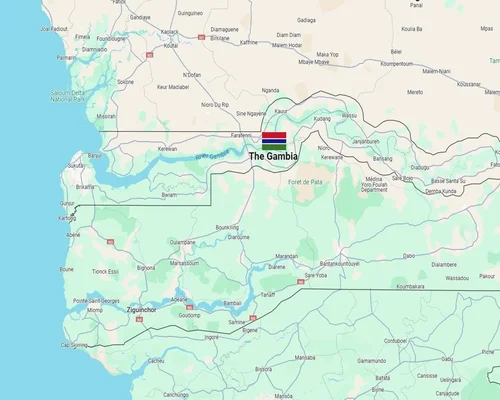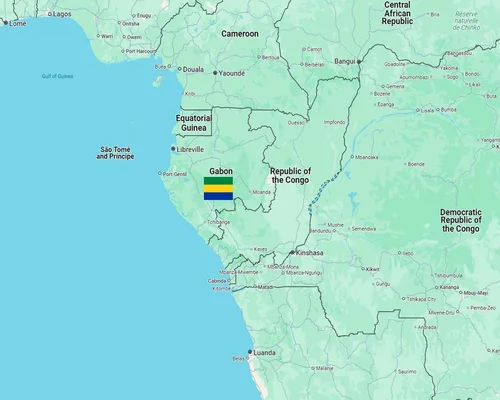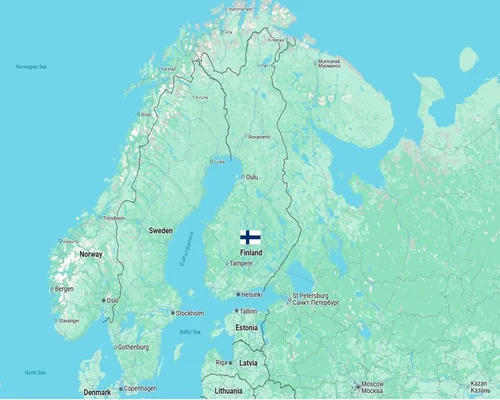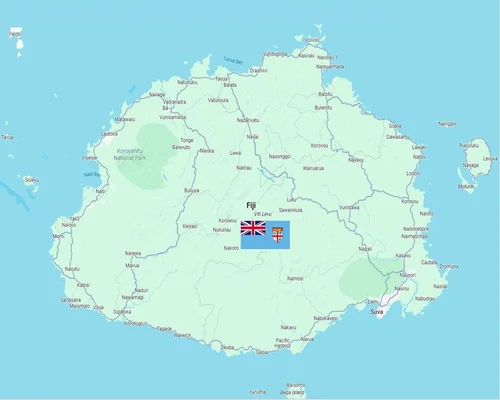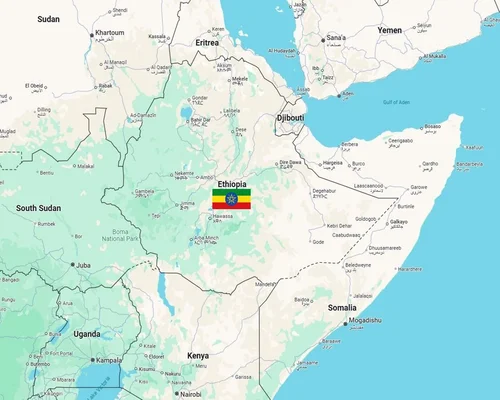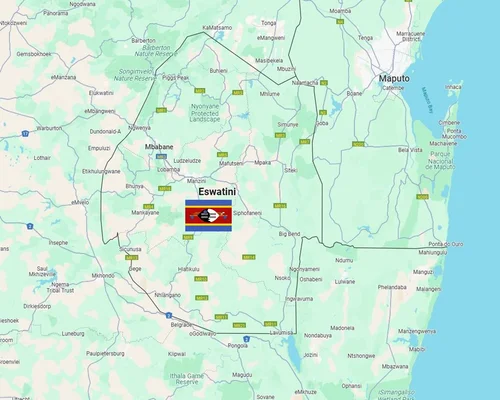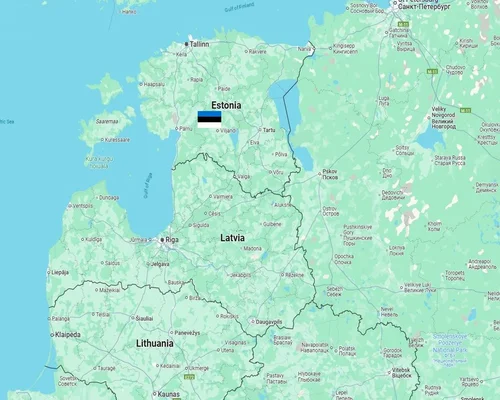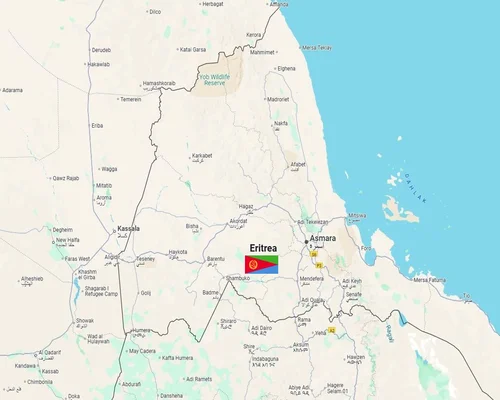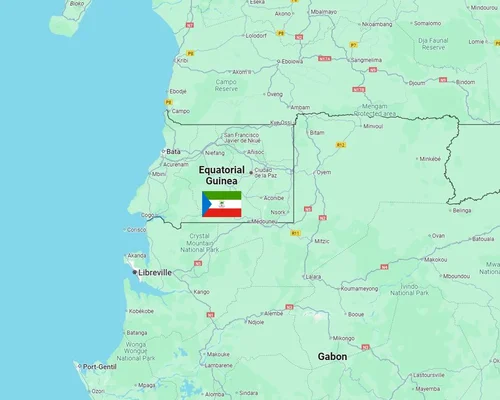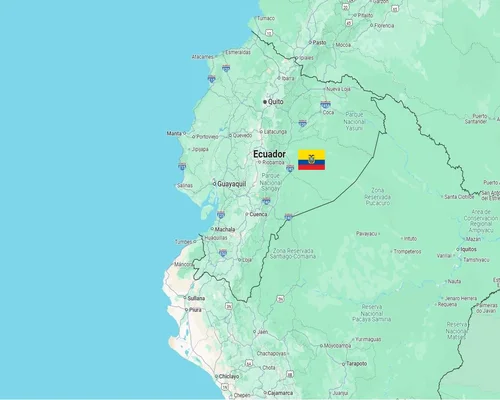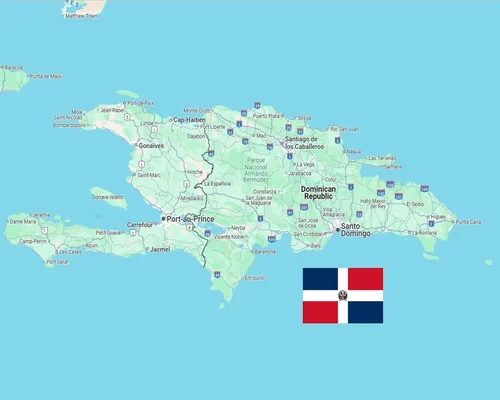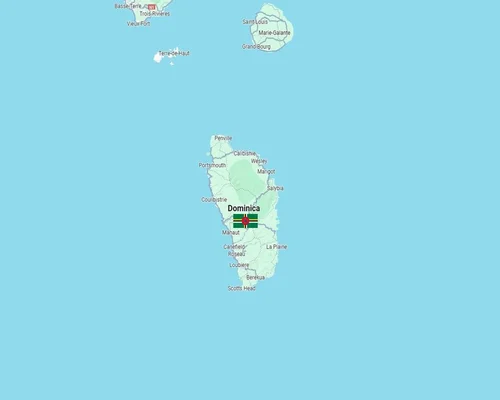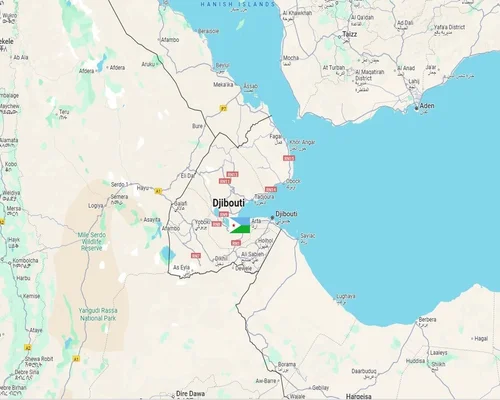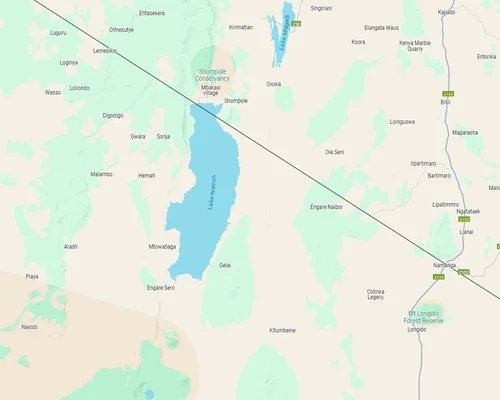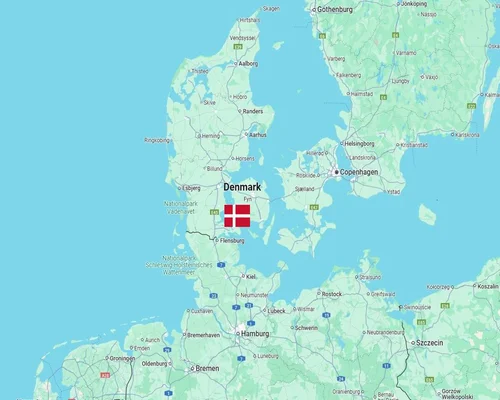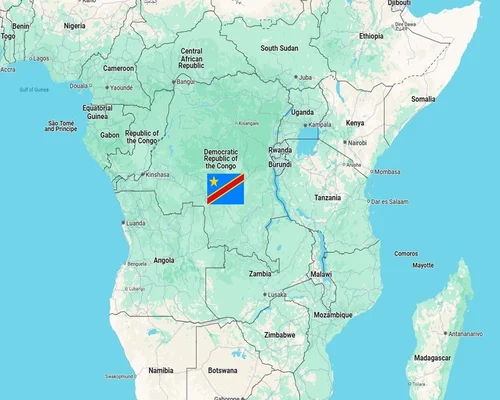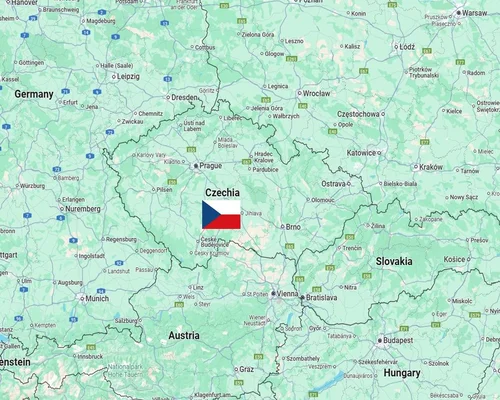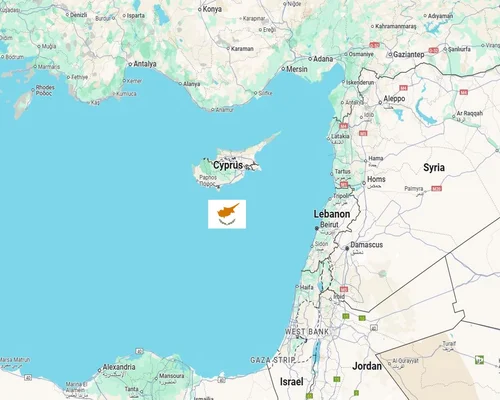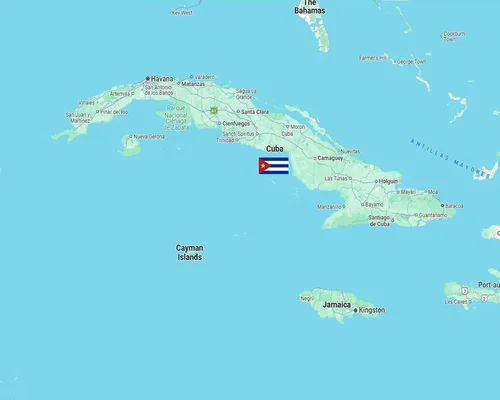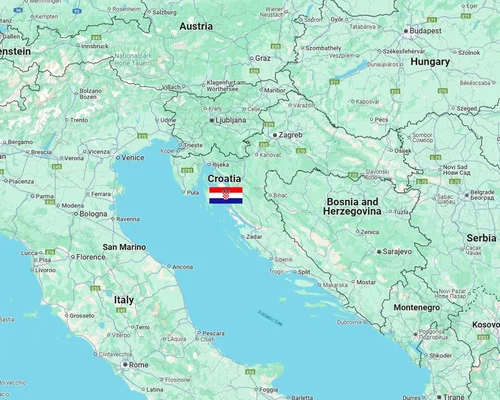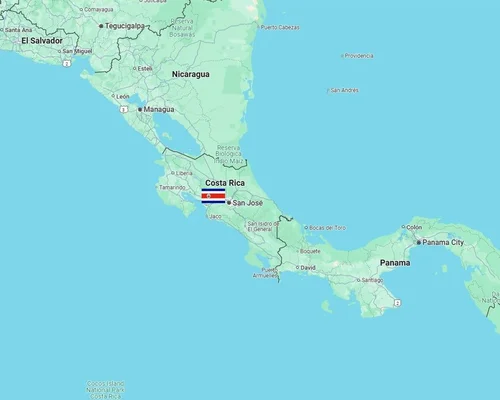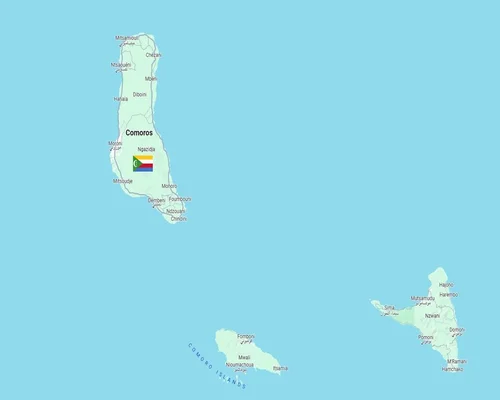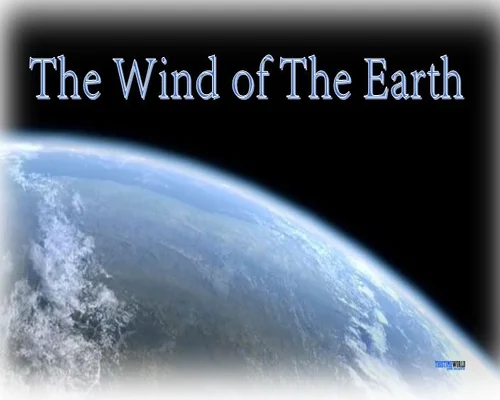
The Wind of The Earth
Like water, air is very important to us. It is called Pranavayu. Intense addition of life with air. Without wind, the development of life on earth would not have been possible at all. There is air everywhere we can see the empty space around us.
According to scientists, this expansion of air is up to 600 miles above the surface. Air is present at more than 600 miles, but its density is extremely low.
Atmospheric pressure at the surface is 14.6 pounds per square inch. This pressure of air is about one ton per square foot. The pressure on an adult is like fourteen and a half tons. That means we can hold the weight of a few elephants on our heads. The reason we are laughing and playing with this impossible burden is because we also have air in our body and that air is pushing hard to get out.
In this case, if the outside air pressure is a little less or not, it would be difficult for us to survive. Due to the strong pressure of the inside air, our body would burst into flames. That is why when you climb a very high mountain, the air pressure there is a little less - blood starts to flow from your nose and mouth.
Our knowledge of the atmosphere, however, is not very old. In 1935, two scientists named Stevenson and Anderson from America ascended 13 miles in a balloon. It is true that many other scientists before them tried to gather information about the atmosphere by ascending to the sky in balloons, but they were the first to be able to gather real information about the atmosphere. Then many more courageous people climbed higher than Anderson and Stevenson and tried to gather information. Finally, in the middle of the twentieth century, with the help of rockets and artificial satellites, it became possible to obtain almost all the information about the Earth atmosphere.
Scientists have used this knowledge to divide the atmosphere into three main parts. The first part is called the troposphere. It extends up to fifteen to twenty kilometers from the surface. This is because the air here is disturbed most of the time. About ninety percent of the air is stored at this level. As the sun rays fall on the earth surface, the air in this layer becomes more or less heated all the time. The heated air rises above the normal nature of matter, and the cool air above descends. As a result, a current of air is being created all the time from which storms are being created.
The second layer of air, the stratosphere, begins immediately after the hurricane. Clouds, rainstorms, thunderstorms, thunderstorms, nothing. There is complete silence. Moreover, because the light of the sun is not reflected, the sky is also covered with intense darkness. The temperature is below 60 degrees below zero. There is a screen of ozone gas just above the stasis. The sun ultraviolet rays are trapped in this ozone gas screen, unable to reach the earth. Ultraviolet rope is extremely harmful to the animal kingdom. Ozone gas is protecting the earth from that.
The uppermost layer of the atmosphere is called the ionosphere. It extends from the top of the stratosphere to several hundred miles. Atoms in the atmosphere of this layer are ionized অর্থাৎ hence the name.
One of the characteristics of the ionosphere is that the radio waves sent from the earth are reflected at that level and return to the earth. As a result, we sit at home and listen to the news of the country and abroad through the radio.
----
earth wind, fantasy earth wind, thats the way of the world wind

